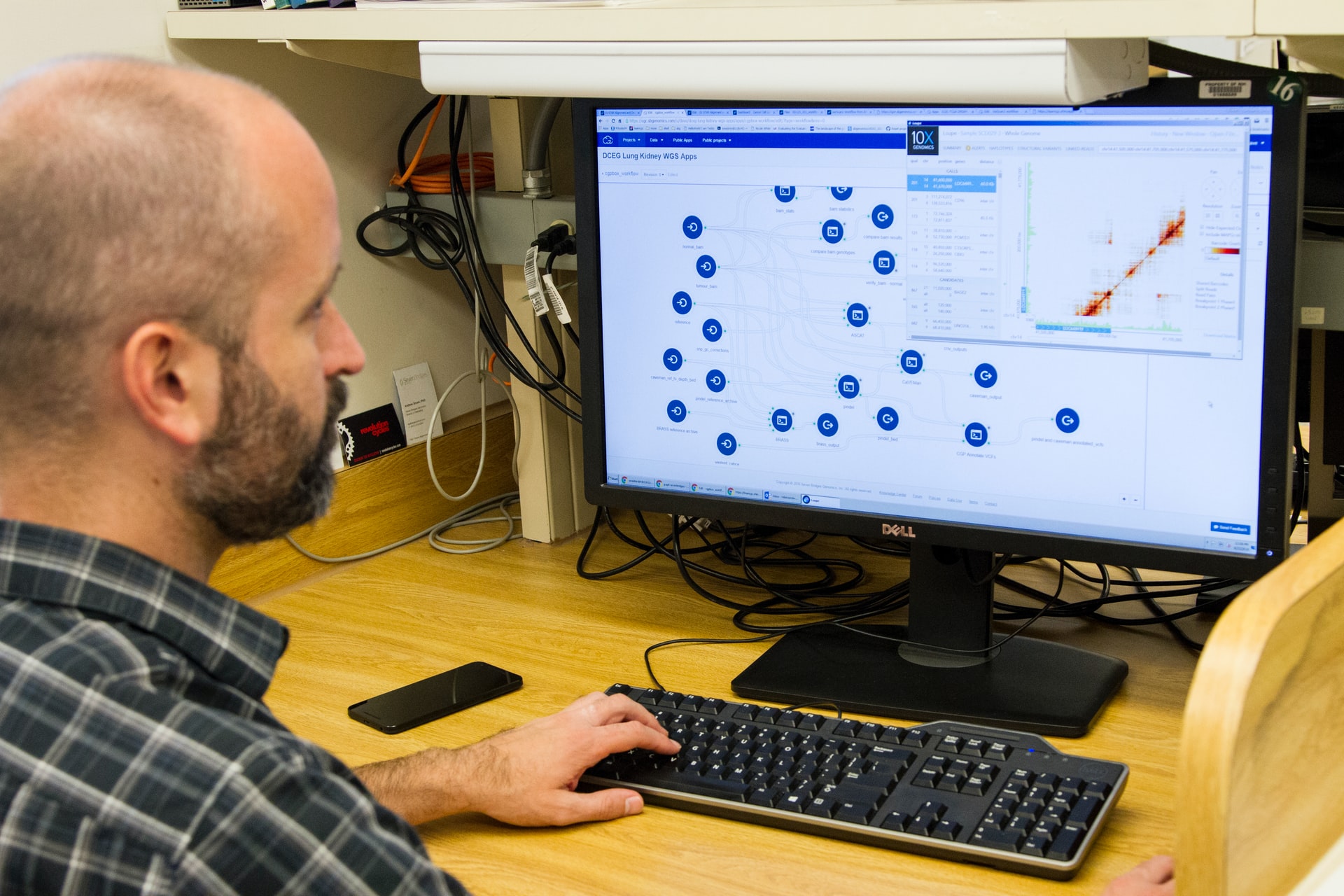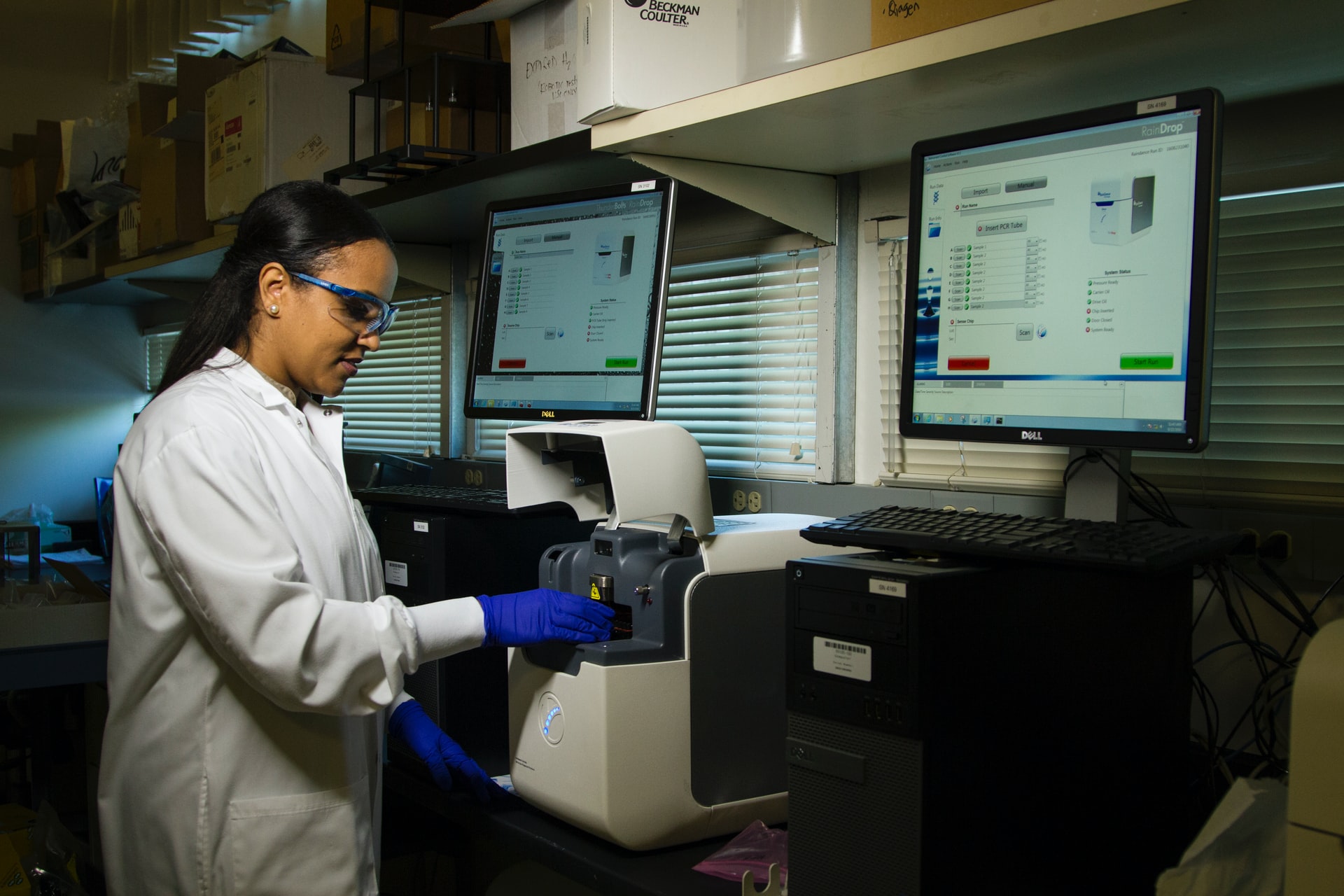Electronic health records have been around for decades, but didn’t really pick up steam until 2009, when Congress passed the Health Information Technology for Economic and Clinical Health Act.
Today, the majority of healthcare providers—about 96 percent— have adopted EHR systems. Most also say they’re satisfied with the technology.
But many still wonder:\What is the future of EHR? And where is health information technology going?
Here’s where the current research and market trends point to on this topic.
What Is EHR?
EHR stands for electronic health records, or digital copies of a patient’s health information.
Until a little over a decade ago, health records were usually only available in paper format.
Today, you (or an authorized third party, such as a specialist doctor or a personal injury lawyer) can access them online through a secure patient portal.
Has EHR Improved Healthcare?
Yes, in a number of ways. EHRs improve quality of care, send information faster, protect patient medical records more efficiently, and help hospitals and doctor’s offices stay HIPAA-compliant.
Two-thirds of primary-care physicians (PCPs) report being satisfied with their EHR system. However, only about 1 in 5 say they’re “very satisfied.”
(Some of the reasons why are discussed below, as well as how they could lead to changes to EHR in the future.)
What Is The Future of EHR?
While many report being satisfied, healthcare providers, medical tech companies, and cybersecurity experts are working hard to improve EHR and its capabilities.
Here are some ways EHR could evolve in the future.
Improved Decision Support
Early on, EHRs weren’t much more than digital versions of the sheets of paper you once had to print.
Now, EHRs offer much more than your health information on a sheet of paper.
For example, many EHR portals offer decision support and educational resources to help best inform patients and authorized third parties.
This could help a patient decide what to do for their health, or even help a personal injury lawyer understand the extent of their client’s injuries when sending a demand letter.
Less Time In Front of a Computer
One reason doctors weren’t initially very satisfied with EHR technology is that it didn’t save them time.
The goal of EHRs, however, has always been patient-centered. In the future, there will likely be a major push to decrease the amount of time medical professionals and other employees have to spend in front of screens.
This should happen naturally as more doctor’s offices, hospitals, and patients familiarize themselves with EHRs.
AI and Machine Learning
The future of EHRs lies in artificial intelligence and machine learning.
Older EHRs had to sift through large amounts of low-quality data. Or, in some cases, it was left to the employee to click through and see what’s relevant and what isn’t to a patient’s file.
Now, AI and ML technologies are now being used to convert this data. Ultimately, this will lead to a more robust history of a patient’s medical records will be available
Smarter Security Features
As technology evolves, so too do the cyber crimes around it.
The COVID-19 pandemic and prevalence of at-home work has skyrocketed the need for smarter security features.
Fortunately, secure online portals today are protected by wonderful security features, such as server-side encryption and Amazon S-3 Managed Keys.

What Is The Future of Health Information Technology?
Besides EHRs, how else will health information technology evolve in the coming years? Here are some possibilities based on current research and trends in the medical industry.
Interoperability and Third-Party Integration
The goal of interoperability is a big one, but it’s a direction that health information technology must go for the benefit of all parties.
Making sure information can be read and decoded by two different EHR systems is crucial. Otherwise, the benefit of accessing to medical records online is pretty much nullified.
Seamless and safe integrations, such as being able to send medical records to personal injury lawyers, are also on the way. People needing easy access to medical info for a number of reasons isn’t going away, and tech will work to bridge that gap.
Simplified Interfaces
EHRs and CRM software companies are working hard to make their systems as easy to use as possible.
One perceived difficulty of health information technology is the steep learning curve for staff and patients. The easier it is to use—and the more affordable or even cost-saving it becomes—the better. Not only will more people have the technology; they will use it too.
Higher Quality Telehealth Options
COVID-19 also skyrocketed the popularity of telehealth options. This only stands to grow more in the coming years, with a huge push towards meeting the needs of high-risk patients.
EHRs and health information technologies will likely integrate with telehealth options in the future.
The Future of EHR and Online Medical Record Sharing
We’re still only a little over a decade into the push towards electronic health records becoming the norm. It’s safe to assume that the future of EHR will be more robust, secure, and comprehensive for medical providers, patients, and authorized third parties.
Are you a busy healthcare provider that shares medical records with personal injury lawyers in your area?
Request a demo today to see how ShareScape can make your life a little easier.

